


In the following years and vacancies the area was visited several times and a couple of specimens could be saved from several places around Punta del Aguila. A approximate distribution of zeolites and loactions I collected is given below.
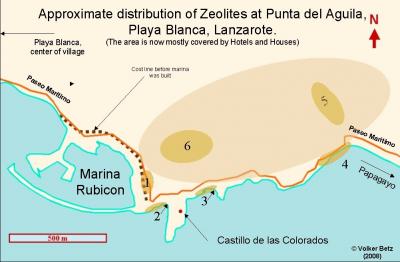
The time frame I collected is from 1983 to 1993. A first paper was published in 1986. It was soon visible that all the area was under construction for future touristic development. The extend and amount of this growth I could see in March 2008.
The area along the southern shoreline which was mostly empty and barren, is now covered by streets, hotels and houses, shopping centres and a huge marina, which was built just west of Castaillo de las Colorados. Most of the cliffs are still untouched but a paved Paseo Maritima follows the cost line from the west edge of the island until the border of the Papagayo reservation. Just west of the Castillo it covers a zeolite occurence. The area N and NE of the Castillo is urbanised, and was during road and house workings temporary a good collecting zone.Very good colleting was possible from 2000-2003 in the whole area during building works. The excavated basalt was piled in this years and later used to prepare the marina. (Kratzsch, pers. comm., 2008) The cliffs E of Castillo are still accessible but the collecting possibilities limited.
The zeolites occur at severals zones, with areas with no zeolites between. I have counted a few areas with abundant zeolites. After 1993 other collectors may have discovered other spots and I would like to get messages about.
AREA 1 (see number on map)

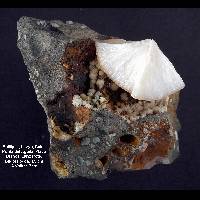
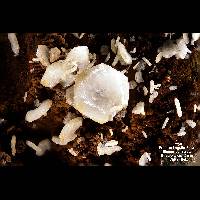

This about 250 m NW of the Castilla. In the 1980 this looked like some quarry of the red tuff and zeolite rich basalt was exposed on the surface at the corner to the cliff.With some hammer an chisel work in the brittle rock cavities with Levyne, Phillipsite and Chabasite could be found. Phillipsite spheres up to 2 cm occured, but only fractions could be saved. Chabazite was mostly in the “Phacolite” form. Today this place is urban area, but two spots of the zeolite rich area are exposed just west of the Paseo Maritima. Some of the specimens from here are (click on the picture for full size):
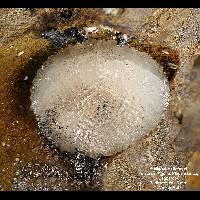
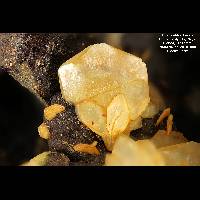
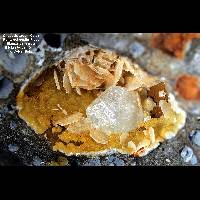
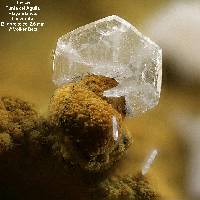
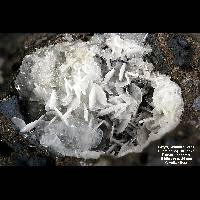
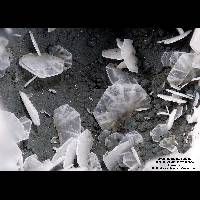
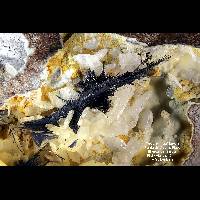
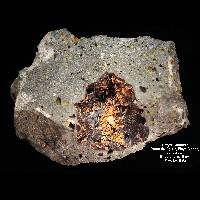
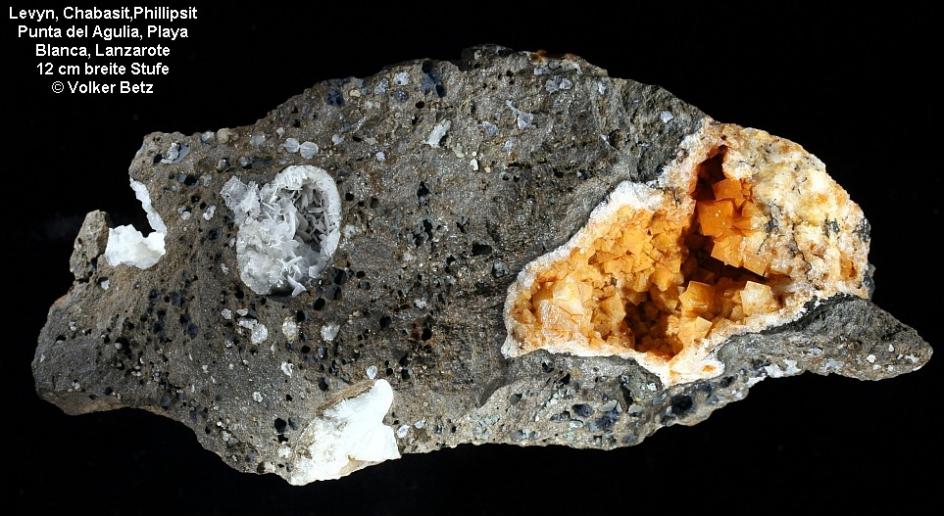
AREA 2 (see number on map)
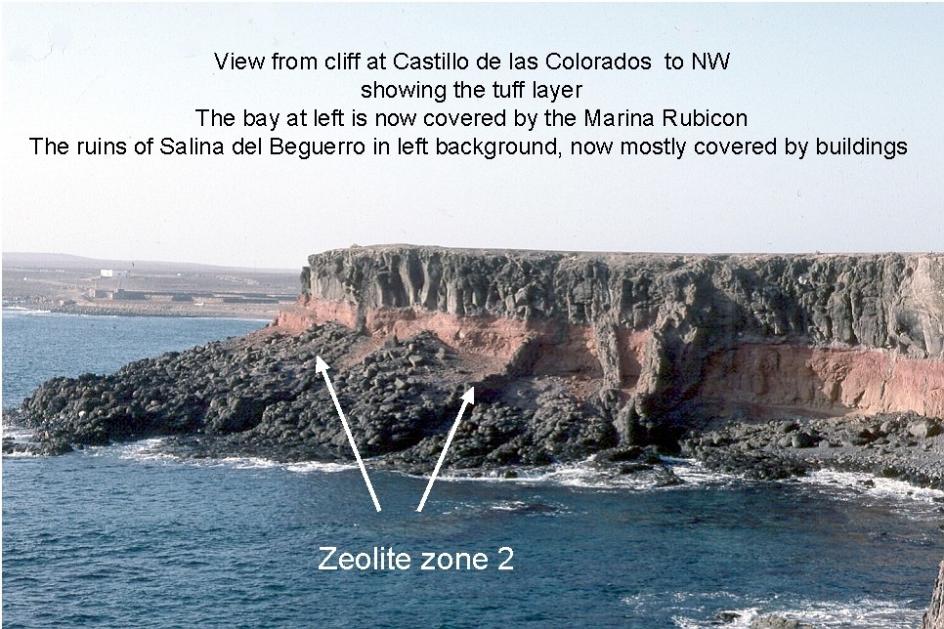
This is just W of Castilla. Where the arrow points at the map, the first specimen has been collected. In this zone basaltic dykes cross the red tuff and the basalt layers. From here fine Chabazite specimens have been collected. This is also the place where perimorphoses of clay minerals after Aragonite and Todorokite are found.
Some of the specimens from here are (click on the picture for full size):
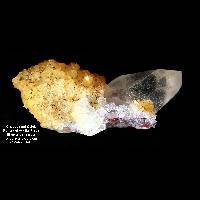
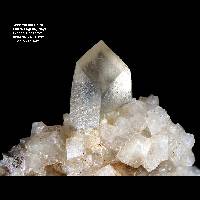

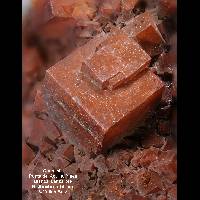
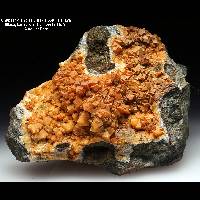
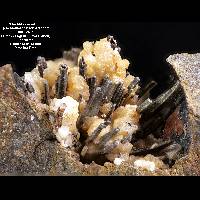
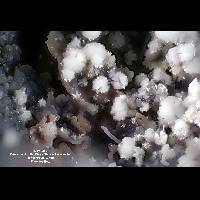
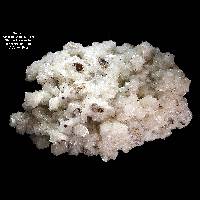
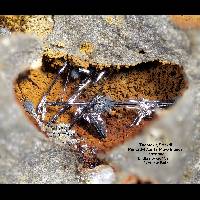
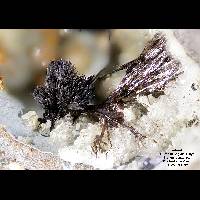
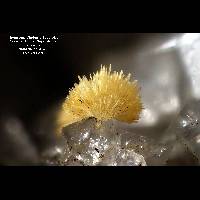
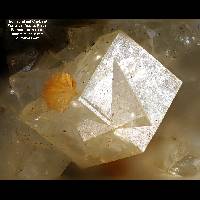
AREA3 (see number on map)
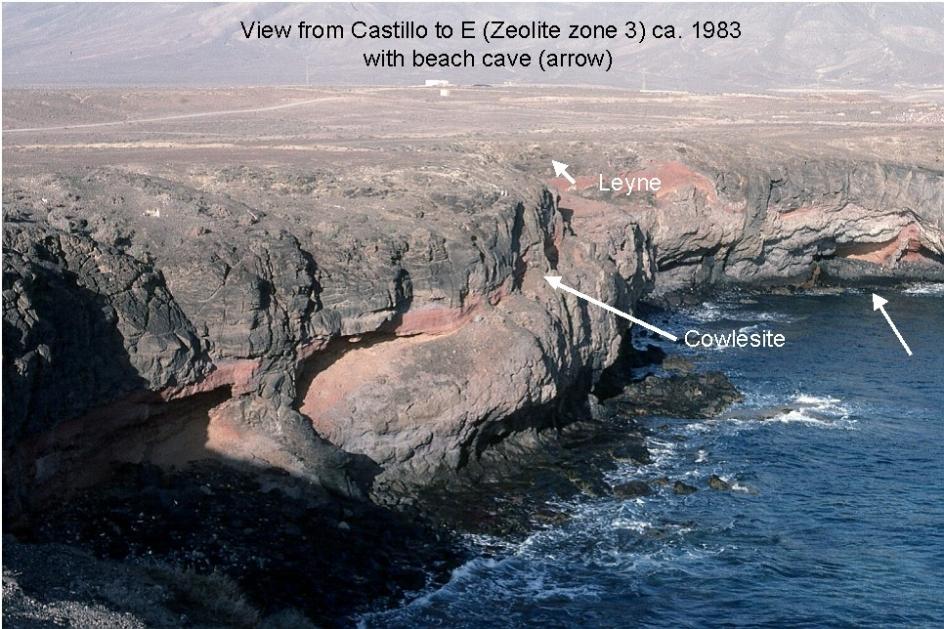
Zeolites are also present at the bay just east of the Castillo. There are three different spots. About in the middle of the bay at the upper edge of the cliff nice Levyne with epitaxial Erionite overgroth could be collected with some hammer and chisel work. This spot is now only a few meters from the Paseo Maritima.
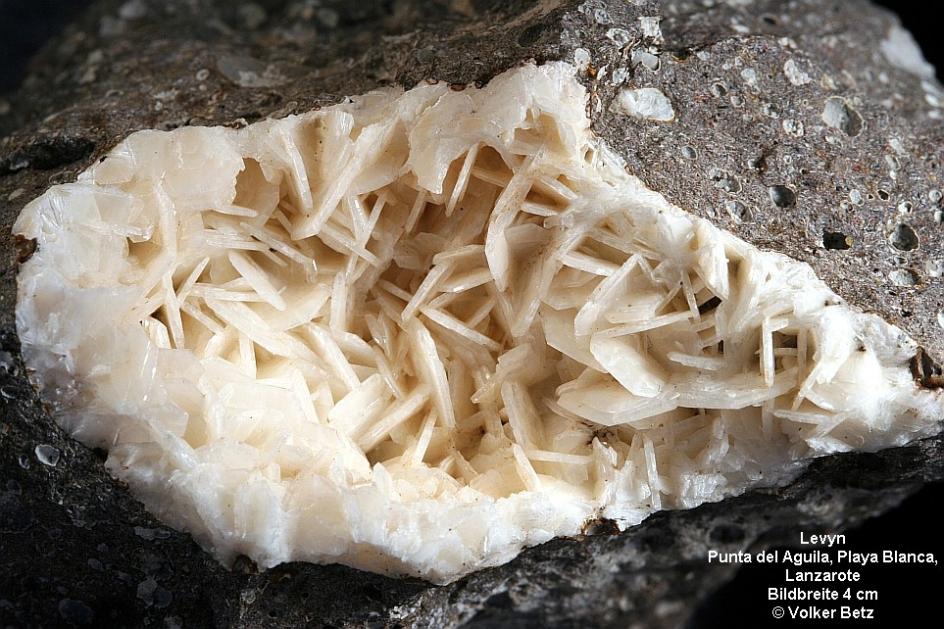
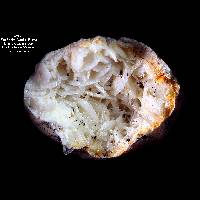
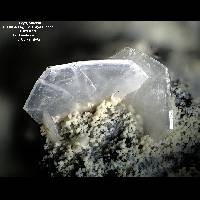
Another spot is the half way down the cliff, there is a possibility to climb down. Danger ! From here a few very small cavities with Cowlesite could be saved, Analcime, Chabazite, Thomsonite and Mesolite/Natrolite is also present.
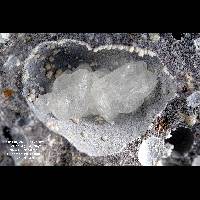
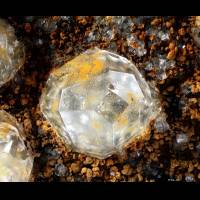
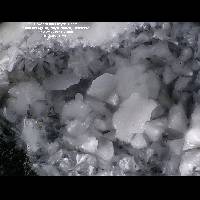
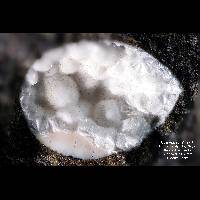
The best spot in this area is a small beach cave at the eastern corner of the bay (arrow on the map). There was a possibility to climb down, but the cave can only entered at low tide. From boulders and the ceiling of the cave (hard rock)very attractive Mesolite/Natrolite specimens clould be collected. Cavities are up to 10 cm and contain also small Chabazite and Calcite with Thomsonite-coating.
Some of the specimens from here are (click on the picture for full size):
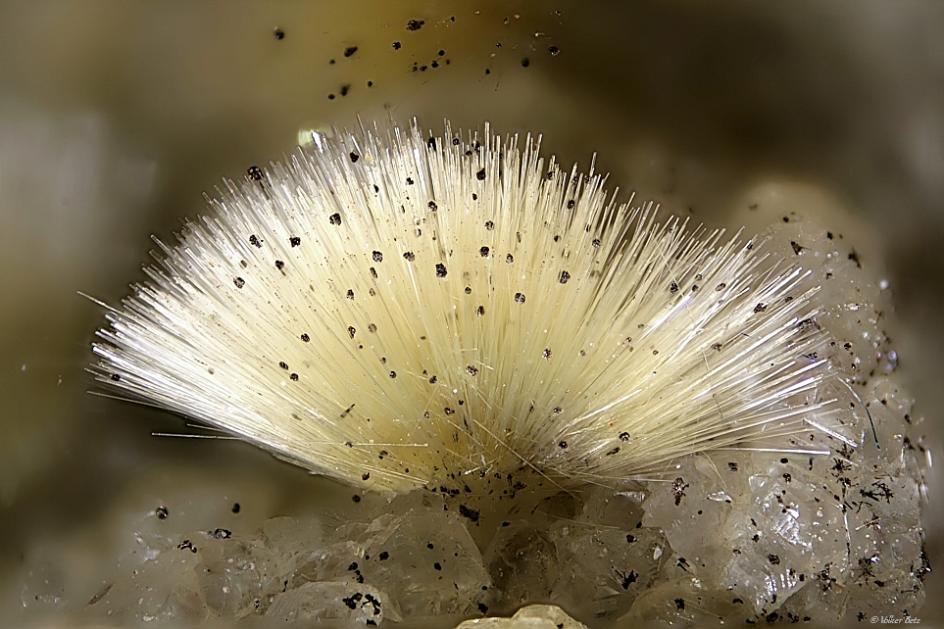
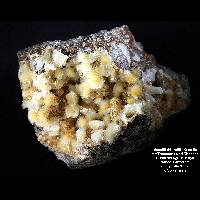
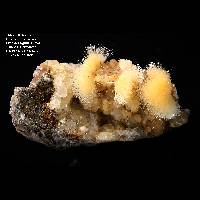
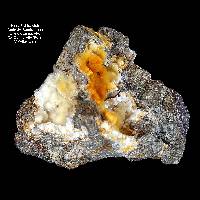
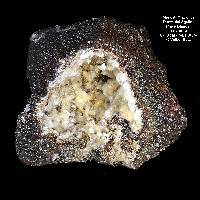
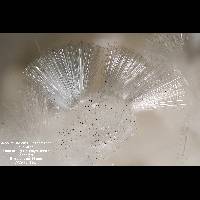

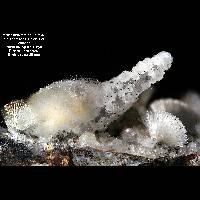

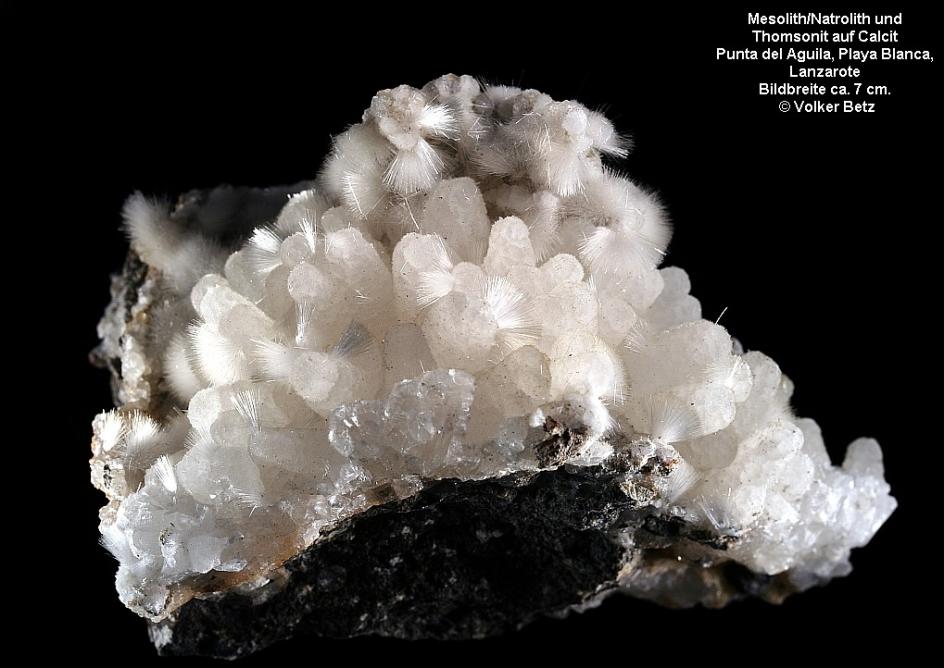
AREA 4 (see number on map)
Zeolites are also present near the east end of the cliffs towards Playa de las Colorados, a gravel beach. From the beach the lower end of Cliff can easy accessed at low tide and calm water. Small geodes with Analcime, Thomsonite, Chabazite and Mesolite are frequently present. The access to the cliff parts between zone 3 and 4 is difficult as there are sections with deep water.
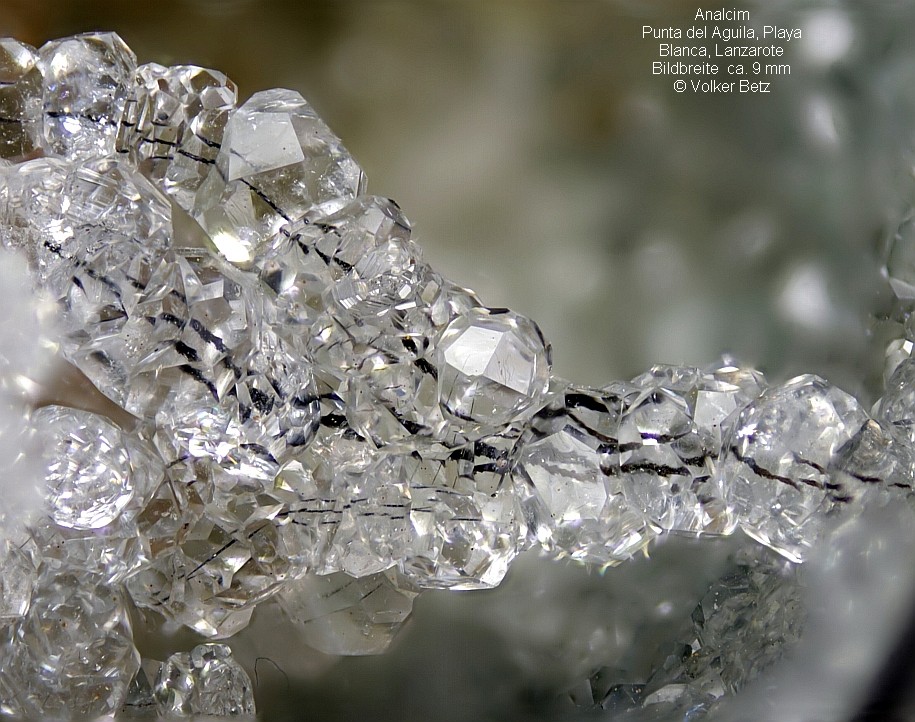
Boulders from road cut and landscaping just west of Playa de las Coloradas made collecting of nice calcite crystals possible, typical associated with small Chabazite and some Mesolite, all covered with a thin layer of Calcite.
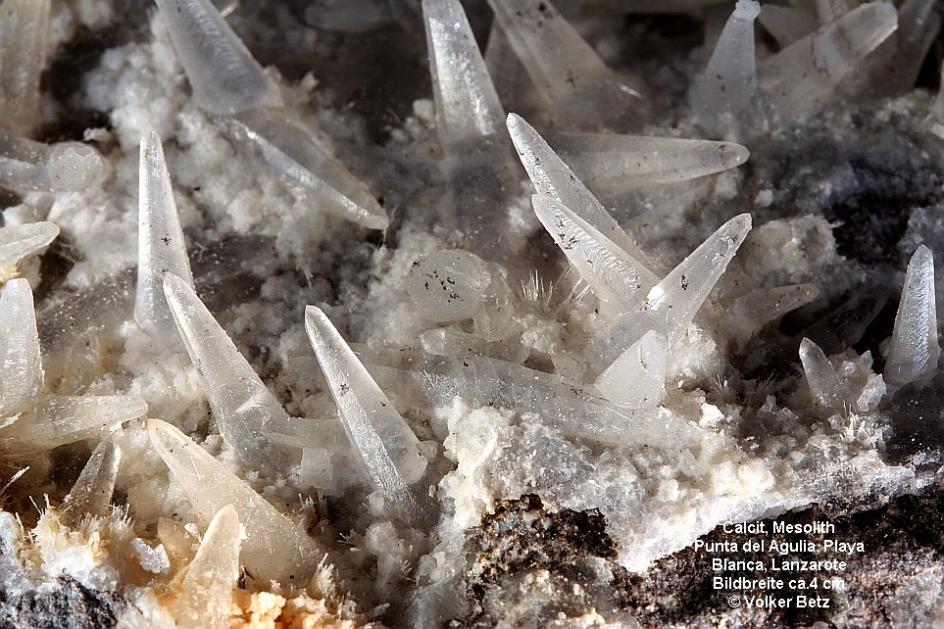
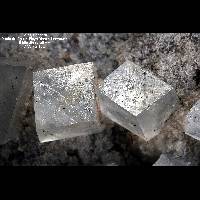
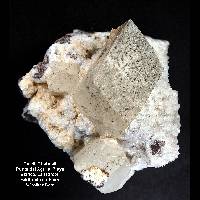
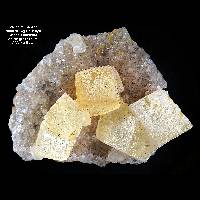
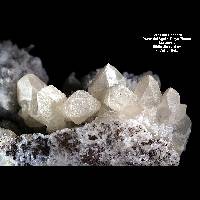
AREA 5 (see number on map)
This is located a few hundred m N of Play de las Colorados. Trenches perpared for sewerage pipelines where temporary open . Here relatively large cavities up to 40 cm contained a mostly altered paragenesis with Calcite, Thomsonite and Mesolite. The rock was very brittle and weathered but some nice specimens could be saved.
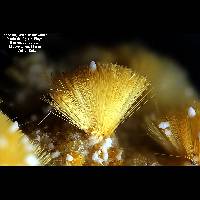
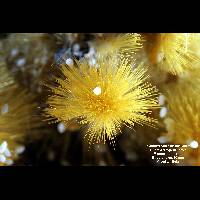
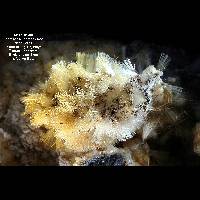
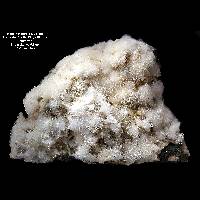
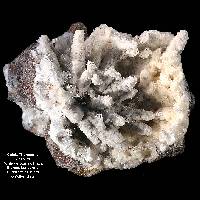
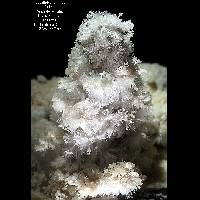

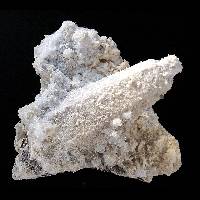
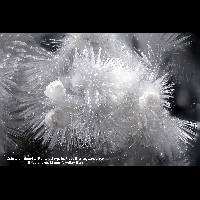
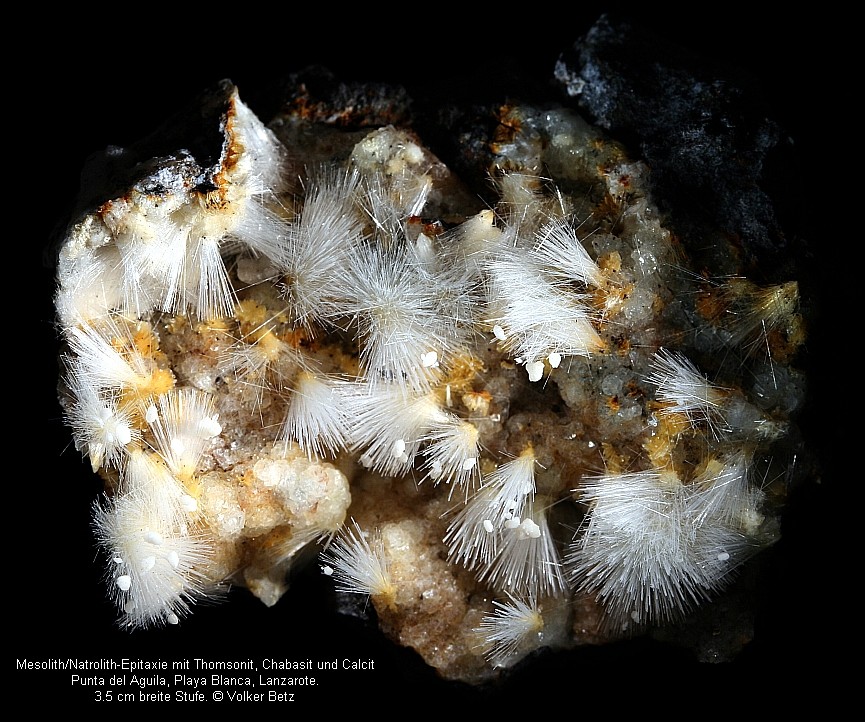
AREA 6 (see number on map)
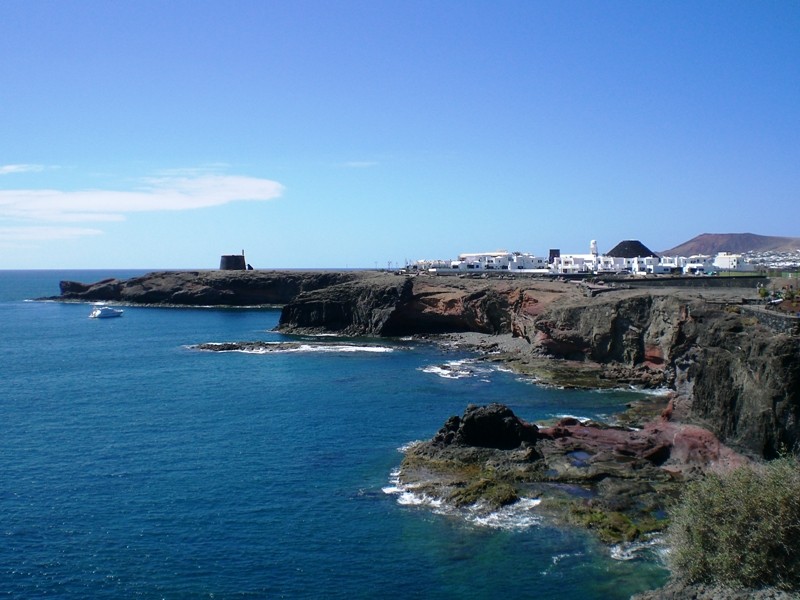
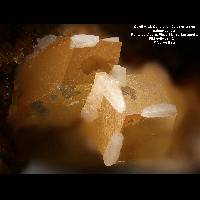
This is N of Castilla de las Colorados and now buried under hotels and streets. Boulders laying around contained some of the best specimens of Thomsonite, Chabazite and Analcime from Punta del Aguila. This is also one of the areas where other collectors have been active as long it was possible.
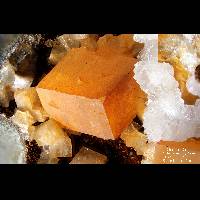

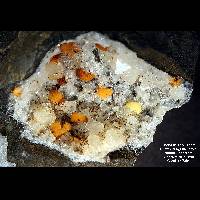

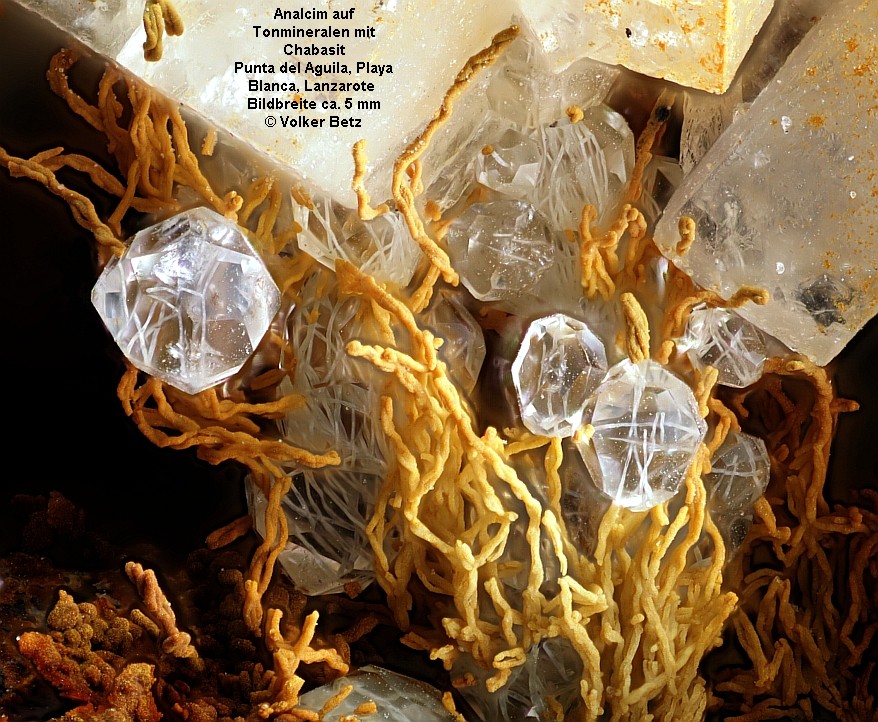
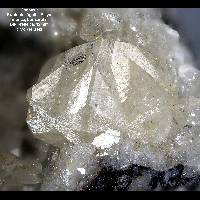
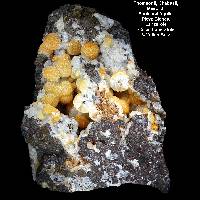
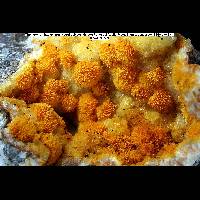
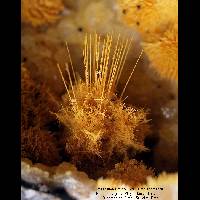
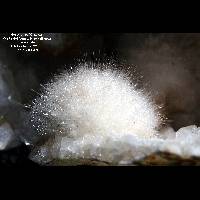
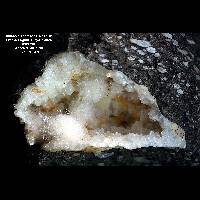

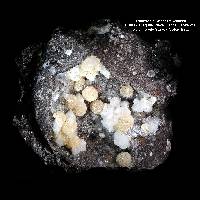
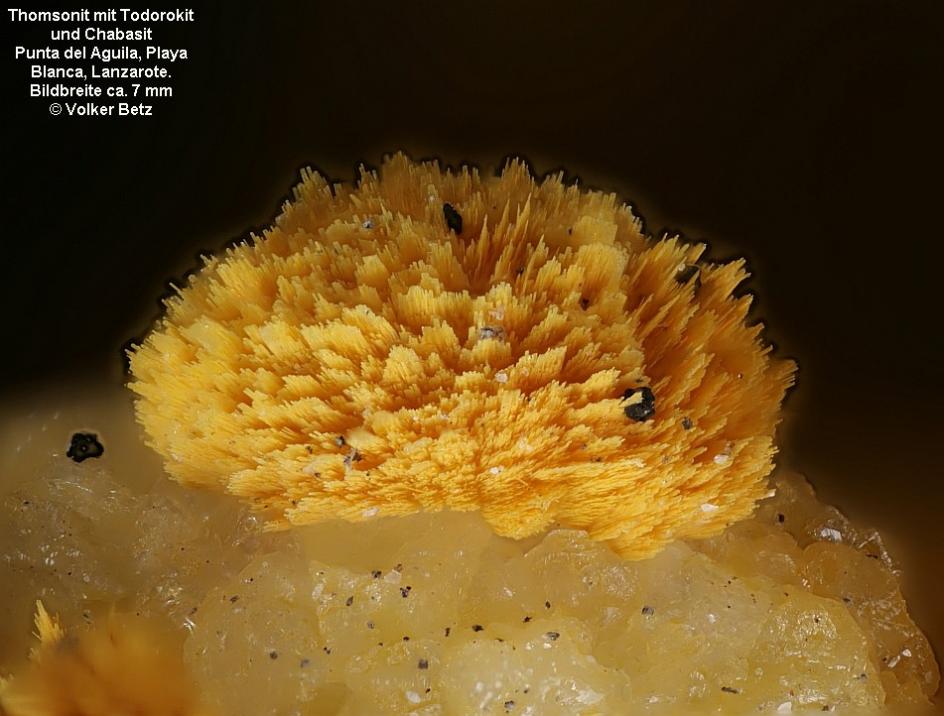
Zeolite mineralization at Punta del Aguila lacks of scientific investigation, except some individual analysis. Concluding from data given by KRATZSCH (2001) and ERICH KECK (pers. comm.), Chabazite and Phillipsite are frequently Na-dominated and hence Phillipsite-Na and Chabazite-Na. But there is no evidence that this is always the case. It can be presumed that the minerals are formed as Chabazite-Ca and Phillipsite-K and later ion exchanged due to contact to marine water. The Mesolite has been investigated by TSCHERNICH (1992) and found to be have an epitaxial overgrowth with Natrolite. Levyne has been identified as Levyne-Na (Kratzsch, pers. Comm.) and at least in one case the epitaxial Erionite-overgrowth was found to be Erionite-K (TONI WIELAND, pers. comm.)
Concluding from recent works (WEISENBERGER & SELBECK, 2008, NEUHOFF ET. AL, 1999) the zeolite formation in the cavities of the basalts occurred after heating by burial (with younger lavas) and intrusion of basaltic veins. Precipitation of Zeolites is following a temperature (and burial depht) dependent order. At eastern Iceland the zeolite zones are distributed over a vertically distance of more than 2.5 km. At Punta del Aguila only the Chabazite/Thomsonite zone seems to be visible, which is the top level of zeolite formation at tempartures below 70° C. The first minerals preciptated in the cavities are a mixed layer of Chlorite/Smectite and a early generation of Calcite, followed by the other Zeolites. It is attracting attention that the Zeolites at Punta del Agiuila are partially coated by a intensive yellow coating. At a first glance this may be the typical Fe-Oxide staining. But the frequent presence of Todorokite, partly in well developed crystals indicates that possibly Mn-Oxides play a role in that colors.
The order of succession of the minerals found at Punta del Aguila is not easy recognized from the samples found. Comparison with samples from other locations and consideration of known successions help, but still there may be no complete evidence.
Aragonite seems to be the first mineral built in the cavities. It was only found as empty perimorphoses of Chlorite/Smectite and is now dissolved. Similar Perimorphoses and Aragonite are known from other zeolite locations e.g Ortenberg, Vogelsberg, Hessen. So even if there is no evidence locally, it can concluded from the form that it was Aragonite.
Clorite/Smectite mixed layers is one of the typical early stage cristallisations of zeolite assemblages. A paper of Weisenberger & Selbeck (2008) describes this in detail.
Calcite is common at Punta del Auguila and appears in several generations. One generation of steep scalenohedrons was formed before the Zeolites and it is often coated by Thomsonite and Chabazite. The late calcite crystals build rhomboeders an are mostly small. Crystals range from a few mm up the a few cm.
Mesolite forms very attractive sprays of fibrous crystals. In many cavities they are prominent and seem to have been grown on Chabazite. A closer look show that they started to grow on the cavity wall or from Calcite and the empty space on the wall has been later covered by Chabazite. Mesolite has been found to build an epitaxy with a younger generation of Natrolite forming a thin coating. Mesolite is also often associated with small bladed Thomsonite crystals and Chabazite. This is a typical paragenesis for many zeolite occurences. All three minerals grow on Calcite crystals and direct on the cavity wall.
Levyne occurs at Punta del Aguila in cavities with Chabazite in the “Phacolite” form and is the earlier crystallisation. At one sample it is covered by Phillipsite. Levyne is partly covered by Erionite. This Epitaxies have been first described as Levyne/Offretite but are now almost everywhere known as Levyne/Erionite. On very few samples Levyne is also associated as a younger phase with Cowlesite. Cowlesite forms very thin blades with a characteristic luster and is the rarest zeolite species from Punta del Aguila.
Chabazite and Thomsonite-Ca follow in the succession. As Thomsonite is present on Chabazite and Chabazite also covers Thomsonite they seem to crystallise together. It may be that the Thomsonite blades continues longer to grow than Chabazite. Phillipsite occures mostly together with Chabazite in the same sequence and is not very common.
Thomsonite is a Zeolite very variable in appearence . At Punta del Aguila it forms always aggregates of thin tabular crystals and also fine fibers. It is frequent present in small amounts at the starting point of the Mesolite/Natrolite bundels and also covers Calcite crystals. Chabazite is also very variable in form and habit due to its complex twinning. On the Mesolite specimens Chabazite crystals form a thin crust, but the “Phacolite” variety and well formed rhomboeders are also present. Chabazite also builds crusts on Calcite.
Todorokite seems to be the last mineral formed in the cavities. It forms black to red-brown blades either alone or on Zeolites. Thin blades are transparent and reddish.
Todorokite is frequent in minute crystals on some of the Mesolite/Natrolite specimen from collecting area 3.
To be continued ! If you see errors give me a hint!
12.5. 2008:Typing errors corrected,thanks to José Rafael González López.
15.6. 2008 Some Info given by E. Kratzsch added. Thanks to E. Kratzsch.
 YueGongAnBei 44051102000467
YueGongAnBei 44051102000467


 |
|